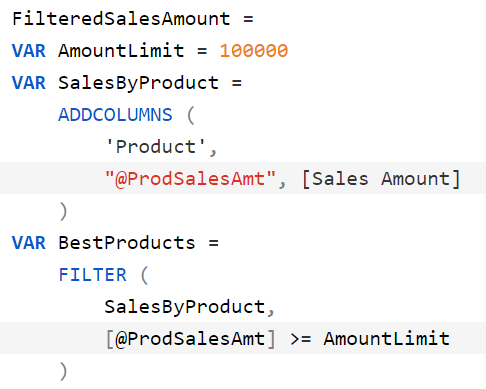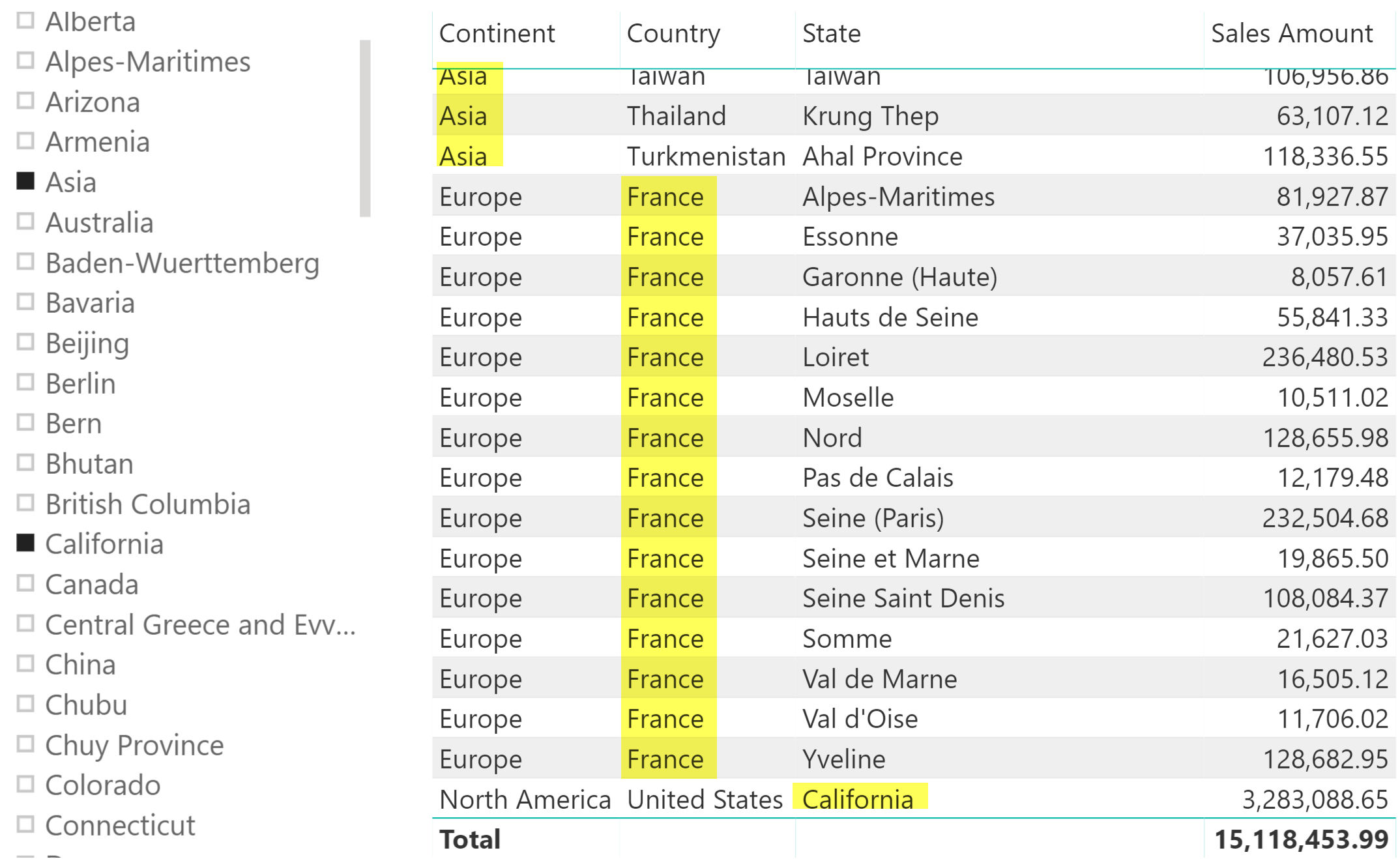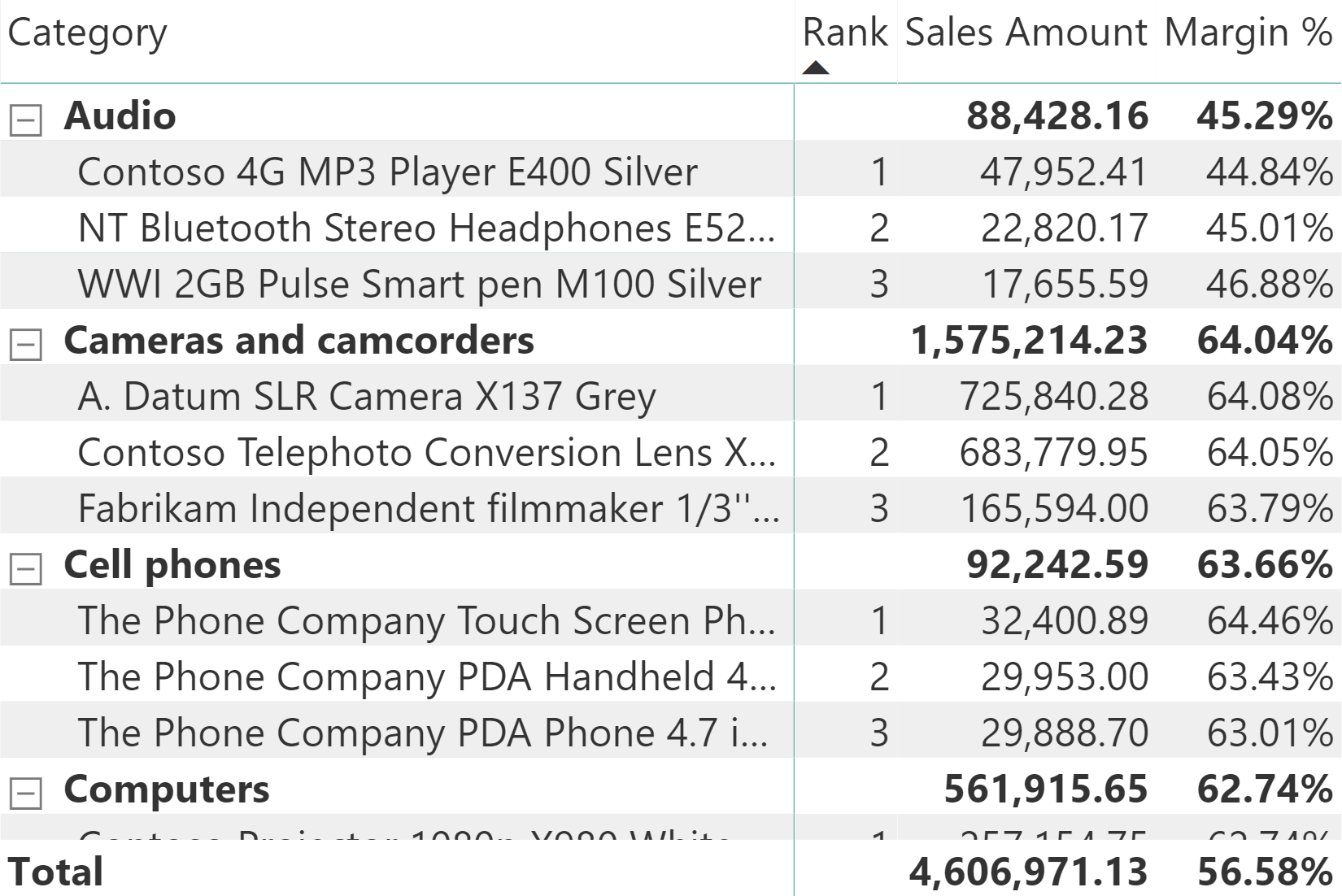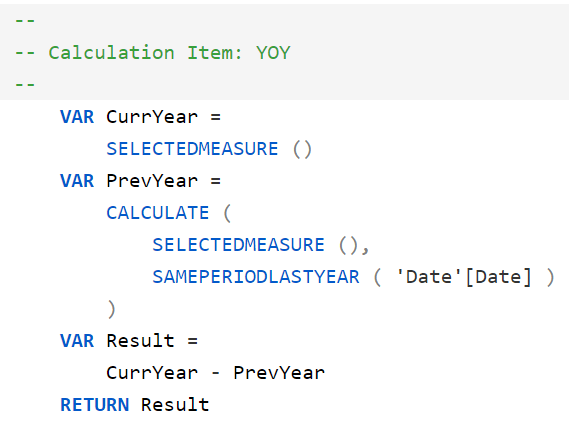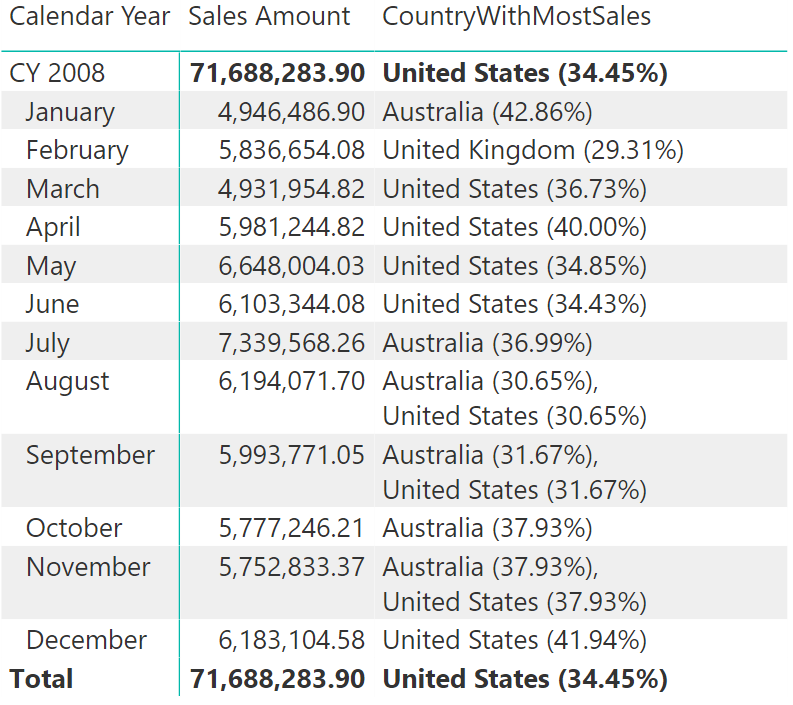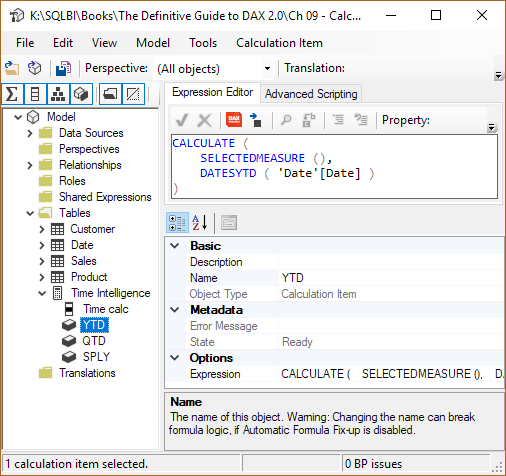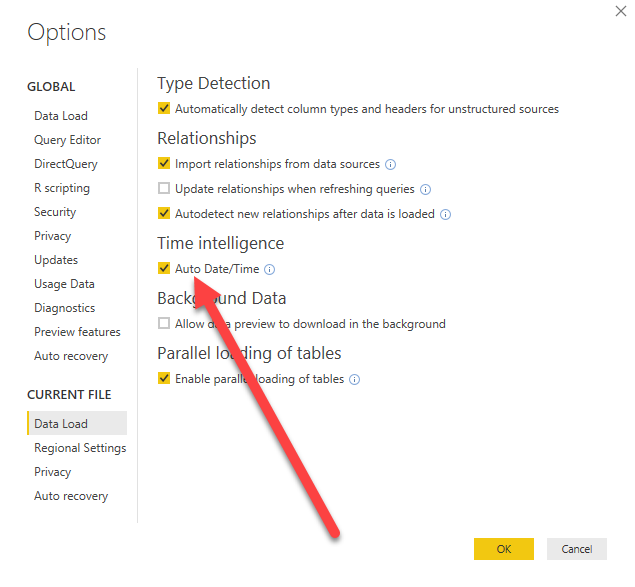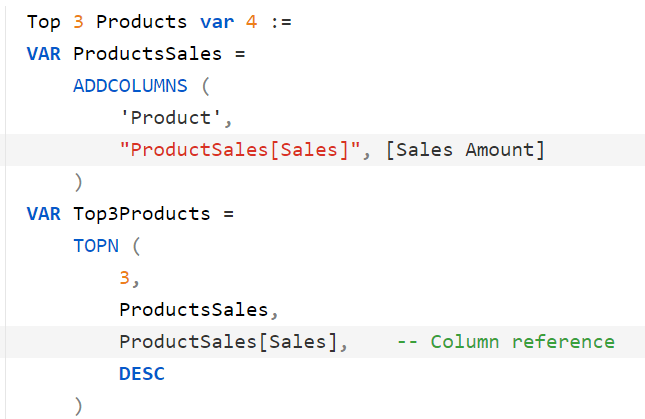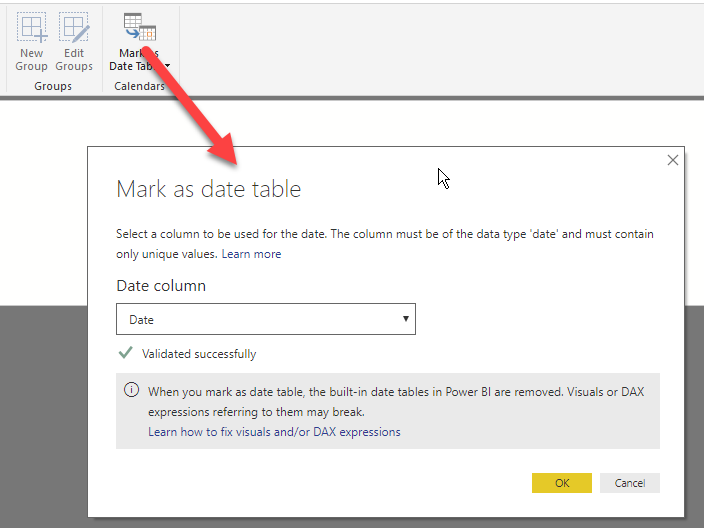Topic: DAX
-
This article describes a naming convention for temporary columns in DAX expressions to avoid ambiguity with the measure reference notation. Read more
-
This article describes how to create a slicer showing the values of multiple columns, applying the filter on any of the underlying columns. Read more
-
This article describes different techniques to display the first three products for each category in Power BI. It includes considerations on how to adapt the technique to different models and requirements. Read more
-
This article explains how calculation items are applied to measure references, and it is part of a series dedicated to calculation groups in DAX. Before starting, we suggest you read the previous articles in this series. Read more
-
This article explores the properties of calculation groups in detail and then it describes how a calculation item is applied to a measure. Before starting, we suggest you read the previous article that introduces calculation groups. Read more
-
This article showcases the use of CONCATENATEX, a handy DAX function to return a list of values in a measure. Read more
-
This article is the first of a series dedicated to calculation groups in DAX. This introduction explains the capabilities of this feature and how to create calculation groups in a Tabular model. Read more
-
This article shows why building custom Date tables is preferable to using the automatic date/time handling capabilities of Power BI. Read more
-
This article describes how to correctly use column references when manipulating tables assigned to DAX variables, avoiding syntax errors and making the code easier to read and maintain. Read more
-
This article shows how to build a basic date table using a calculated table and DAX. Read more
